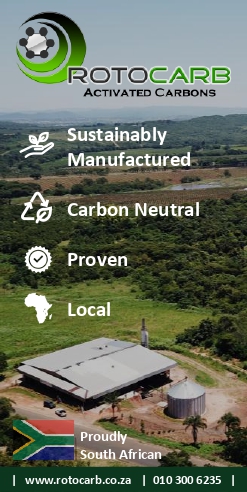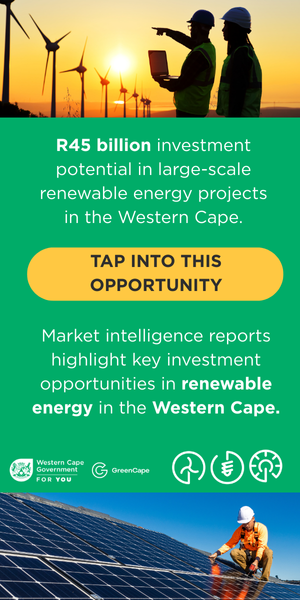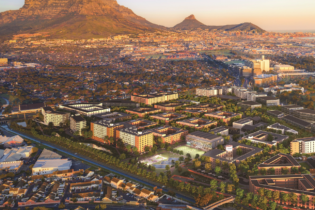Green buildings are not only for the privileged few, they are accessible and beneficial to all. As South Africa faces rising energy costs, water shortages, and growing investor pressure for assets that meet ESG (Environmental, Social, and Governance) criteria, the property industry must adapt. Contrary to common misconceptions, green buildings are not inherently more expensive. In fact, they deliver long-term financial and environmental benefits, often at little to no extra cost.
The Green Building Council South Africa (GBCSA), an independent third-party verifier, defines a green building as one that reduces its environmental impact across multiple areas, including energy and water efficiency, material use, waste, indoor air quality, transport access, and socio-economic benefits.“People often assume green buildings are about extravagant add-ons like solar panels,” says Lisa Reynolds, CEO of GBCSA. “In reality, they prioritise efficient design – reducing resource consumption while enhancing occupant well-being and long-term sustainability.”
Efficiency First is the Smartest Way to Build Green

Lisa Reynolds, CEO of GBCSA
Green Buildings Don’t Need to Cost More
A common misconception is that green buildings are significantly more expensive to construct. In reality, a 4-star Green Star-certified commercial building costs about the same as a conventional one.“You can build a ‘Ferrari’ of a green building if you want to, but you can also achieve certification at industry-standard costs by applying best practices,” says Reynolds.GBCSA’s 2022 Cost of Green Report* found that the average ‘green premium’ for office projects was 3.15% for projects certified between 2019 and 2021, with steady decreases year-on-year. Fast-forward to 2025, and you’re looking at negligible cost differences. Reynolds adds: The lifespan of a new building is at least 30 years, meaning today’s decisions impact long-term value. In 10 years’ time, inefficient buildings will struggle to attract tenants and investors, facing higher operational costs, expensive retrofits, or even declining property values. Future-proofing through green building practices and certification is a smart business decision for long-term resilience and competitiveness.”
Financial Performance: Green Buildings Outperform

Georgina Smit, Head of Technical at GBCSA
Retrofitting is the Fastest Route to Sustainability
With the fact that globally 70-80% of the buildings that will exist in 2050 are already built, retrofitting is key to achieving our sustainability goals. In South Africa we can start achieving this through simple upgrades such as LED lighting and insulation. Smart building management systems can cut energy use by 30-50%, with payback periods as low as 3 to 7 years.“One of the easiest ways to improve a building’s energy efficiency is by shading windows to reduce heat gain. It’s more cost-effective than retrofitting double glazing,” says Reynolds.







